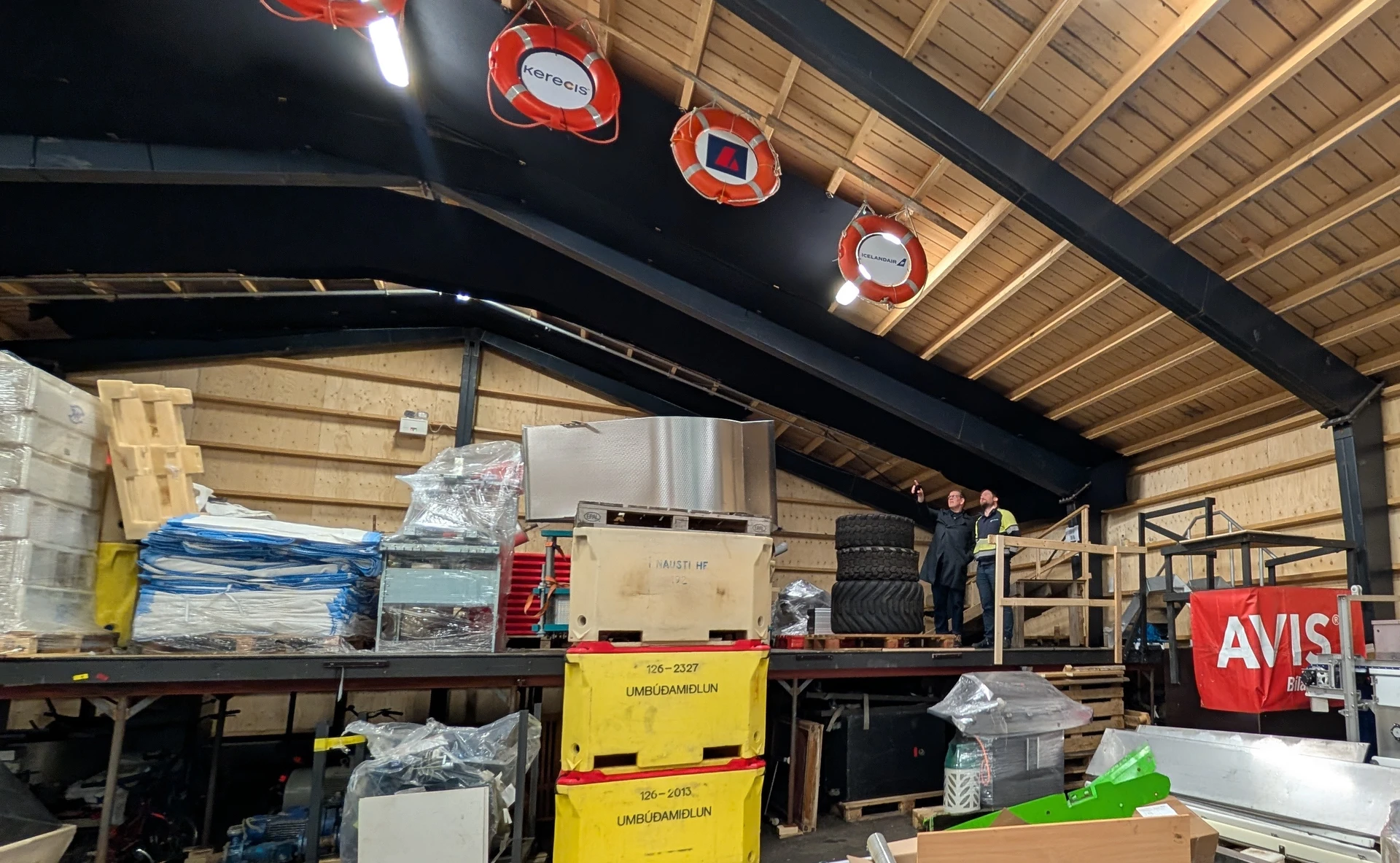Ísafjörður is reversing Arctic decline—other northern communities take note

Despite Iceland’s dramatic population growth over the past century, the country’s Westfjords region remains a striking outlier. While the national population has more than quadrupled since 1900, the Westfjords today support roughly the same number of residents as they did over a century ago. Back then Ísafjörður was Iceland’s largest town, but for the latter part of the 20th century the region was shaped by economic centralization, industrial decline and the steady outmigration of youth.
This isn’t just an Icelandic story. Across the circumpolar north—from Arctic Canada to coastal Norway and northern Finland—remote communities are grappling with demographic decline. Across the Arctic, population decline has been a serious problem, as young people move south for education and professional opportunities and don’t return. How to retain population, while attracting professionals, is an ongoing challenge for the far north.
Yet in tiny Ísafjörður with a population of just 3.989 people, something has changed. Over the last two decades, a deliberate blend of innovation, cultural revival and infrastructure investment has helped reverse long-term decline. The town’s experience offers a valuable model for Arctic communities working to retain residents and renew their economies.

From stagnation to innovation
“When I was a kid in the 1980s, the mood was stagnant,” Guðmundur Fertram Sigurjónsson, founder of the biotechnology firm Kerecis told Arctic Today. “Boats were leaving, companies were going bankrupt, and people were moving away.”
Yet Guðmundur always dreamed of returning to Ísafjörður to build something lasting. His breakthrough came in the unlikely form of discarded fish skin—a byproduct of the local fishing industry. Kerecis now transforms this waste into patented wound treatment products sold globally, employing highly educated professionals in fields like biology, engineering, and regulatory science. In 2023, Kerecis became the Arctic’s first unicorn—and Iceland’s first ever—when it was acquired by Danish medical company Coloplast for $1.3 billion.
For Guðmundur, Ísafjörður’s location wasn’t a handicap—it was part of the company’s identity.
“We had the raw material here and a community that understood its value. That gave us an edge.”

Ecosystems of support
Guðmundur’s success didn’t happen in isolation. Former Ísafjörður mayor and now member of the ruling Social Democratic Party in parliament Arna Lára Jónsdóttir points to two decades of deliberate groundwork.
“The foundation was laid 25 years ago,” she explains. “We brought together institutions—regional development agencies, the University Centre of the Westfjords, and support systems for entrepreneurs—into one collaborative space.”
This ecosystem of cooperation created fertile ground for innovation.
“Short decision chains and mutual support mean ideas can actually turn into businesses,” she says.

Culture and livability are vital
Perhaps the most overlooked—but essential—part of Ísafjörður’s renewal is the town’s vibrant cultural and social life.
“People don’t just want work,” says Arna Lára. “They want a place to belong.”
In Ísafjörður, that sense of belonging is tangible. There’s a rich musical tradition, active theatre groups, frequent community events, and a revival of quirky pastimes like mud football tournaments. The town is also home to arguably Iceland’s coolest (both figuratively and literally) music festival Aldrei fór ég suður, which is held every easter in a warehouse by the harbor. The festival’s name translates as “I never moved south” a reference to a classic Icelandic 80s pop song about people leaving the Westfjords for greener pastures down south.

“In a small town,” she says, “you’re not just a consumer of culture—you become part of it.”
Guðmundur agrees: “Fifteen years ago, there were no young people at cafés in the winter. Now, you can go out for a beer, hear live music, join a quiz night. That kind of everyday life makes a huge difference for attracting professionals.”
Crucially, these amenities aren’t luxuries—they’re part of what helps people stay. Parents want high-quality schools, safe neighborhoods, and meaningful activities for their children. Young adults want social life, inspiration and a sense of possibility. Ísafjörður is offering that—and people are responding. As Guðmundur puts it:
“We don’t have to pay people extra to work here. People actually want to live in Ísafjörður now.”
Lessons for the circumpolar north
For Arctic communities elsewhere—those watching their youth leave and wondering how to turn things around—Ísafjörður offers five key lessons:
- Use what you have. Local resources, when paired with innovation, can drive world-class businesses.
- Invest in place. Culture, education and livability matter just as much as jobs.
- Build collaboration. Universities, public institutions, and entrepreneurs thrive when they work together.
- Make people participants. Small towns become attractive when residents feel they can help shape the place they live in.
- Tell your story. Use Arctic identity not as a limitation but as a source of strength and uniqueness.
Infrastructure, education and identity
Alongside cultural vibrancy, improvements in infrastructure have been key. Investments in fiber-optic internet, air connections and road upgrades have made Ísafjörður viable for remote work and business development.
Meanwhile, the University Centre of the Westfjords has become a vital link between research and regional development. Graduate students work directly with local companies on innovation projects—often planting roots and staying on.
“These institutions,” says Arna Lára, “are hotbeds of ideas and energy. And when they’re embedded in the community, their impact is exponential.”
Kerecis has also shown the power of turning local identity into a branding asset. At international medical conferences, the company emphasizes its Arctic origin, framing its story not as a limitation—but as a mark of authenticity, ingenuity, and sustainability.
“We’re proud of where we come from,” says Guðmundur. “Our location is part of our value and marketing.”
As climate change, technological shifts, and global attention reshape the Arctic, the challenge for small communities is not just to survive—but to reimagine what’s possible.
“In the Arctic, we have to run a little faster than others,” Guðmundur says. “But if we do, we can create places where people want to live—not just work. And that’s the real foundation for the future.”